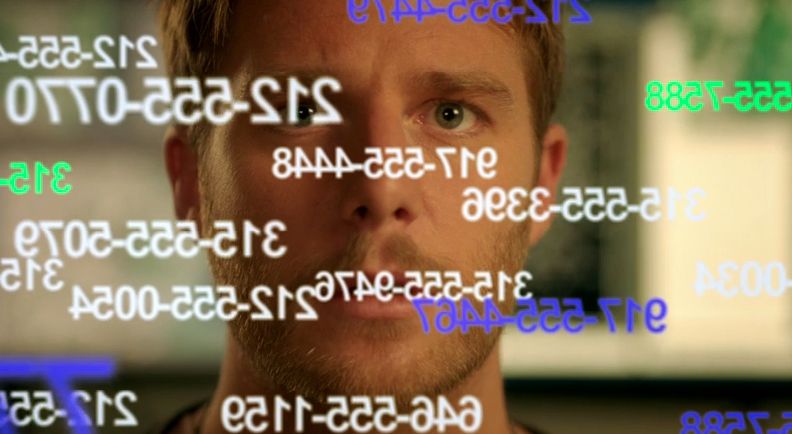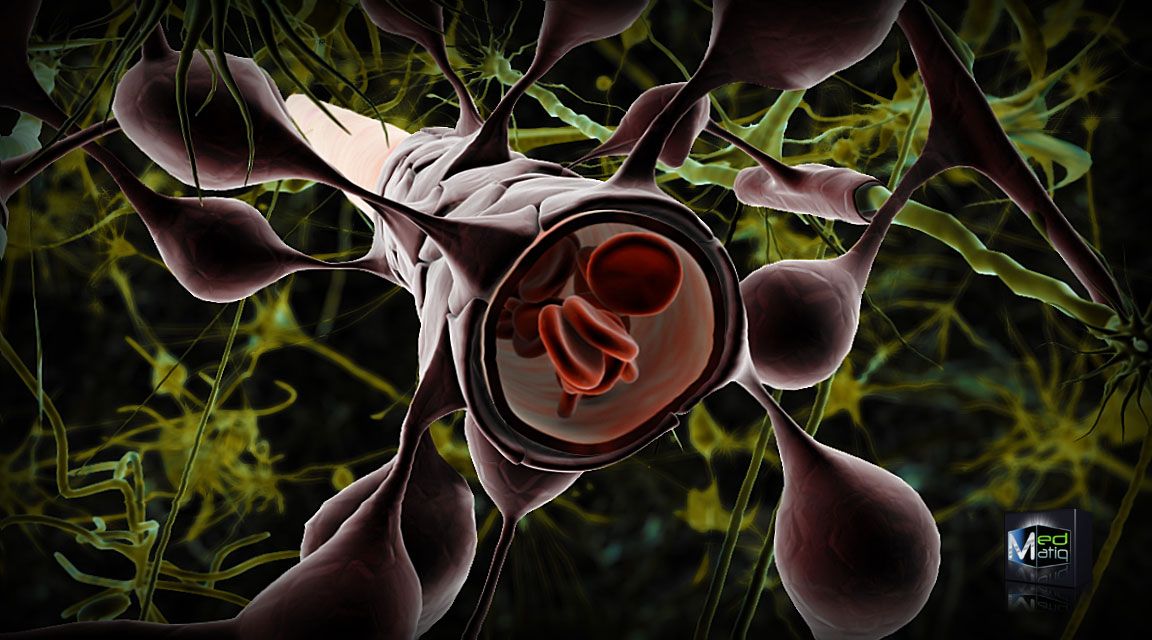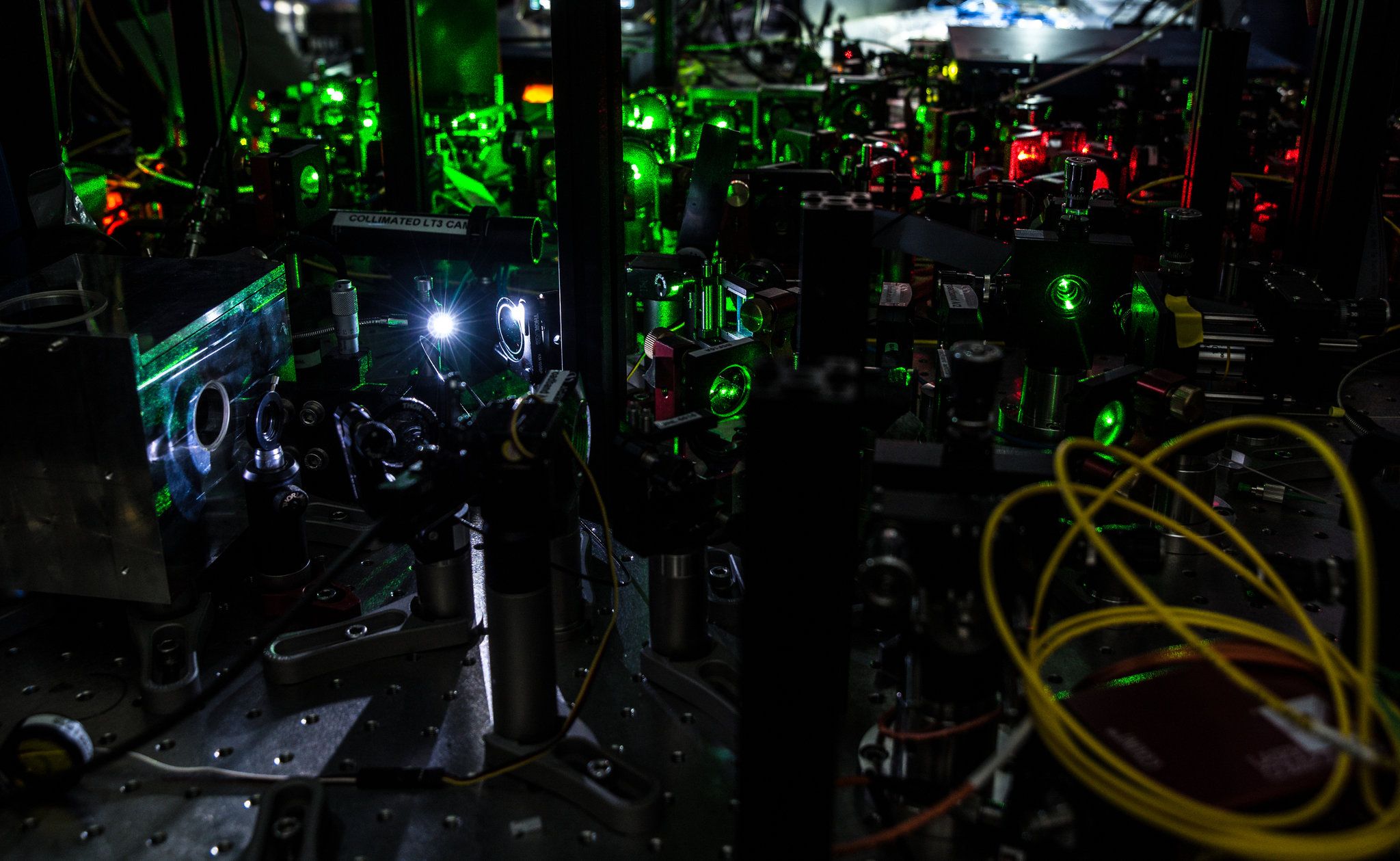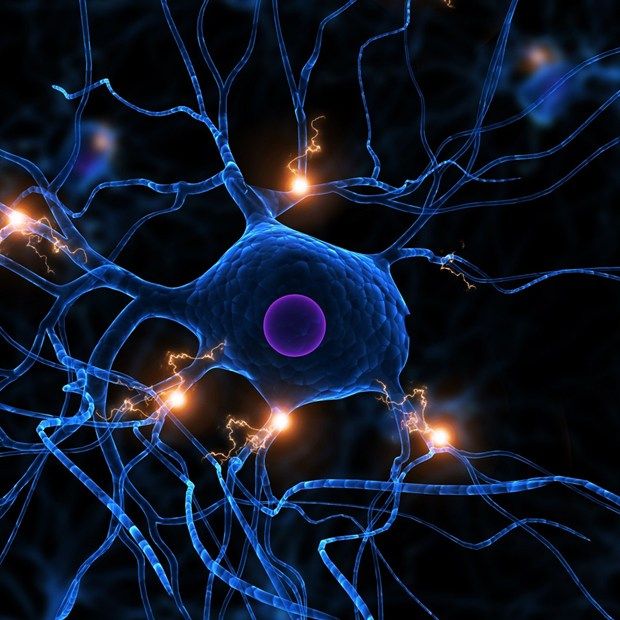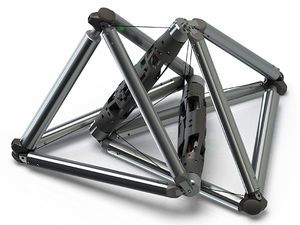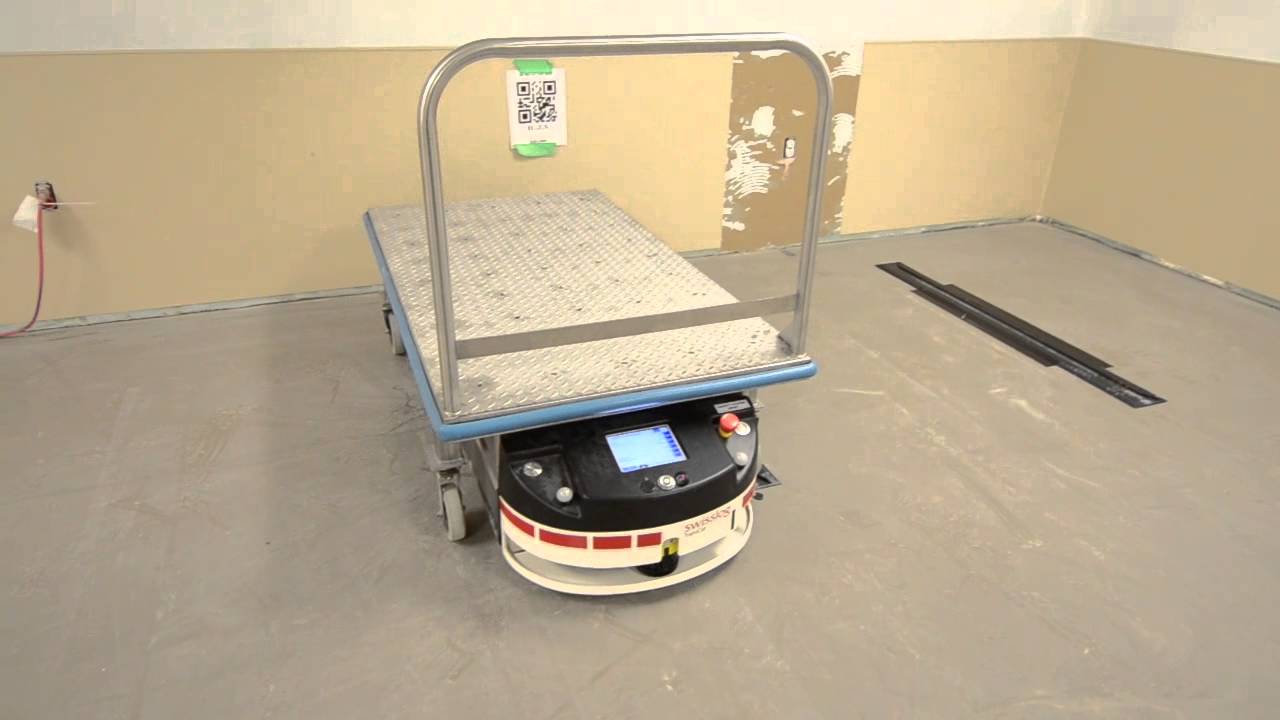Oct 22, 2015
Time Travel & The Multiverse – Many Worlds: Many Timelines
Posted by Sean Brazell in categories: cosmology, time travel
Excerpt from This Book Is From the Future: A Journey Through Portals, Relativity, Wormholes and Other Adventures in Time Travel by Marie D. Jones & Larry Flaxman.
Time travel has enchanted and intrigued us since the earliest days of fiction, when authors such as H.G. Wells, Samuel Madden, Charles Dickens and Enrique Gaspar y Rimbau stretched and challenged our imaginations with images and tales of men and women who invented amazing machines and devices that could take them back in time, or forward into the future.
Because of the restrictions of light speed, and the paradoxes of going back to the past without damaging the future timeline, and a host of other obstacles and challenges, we, in fact, have remained stuck in the present.
